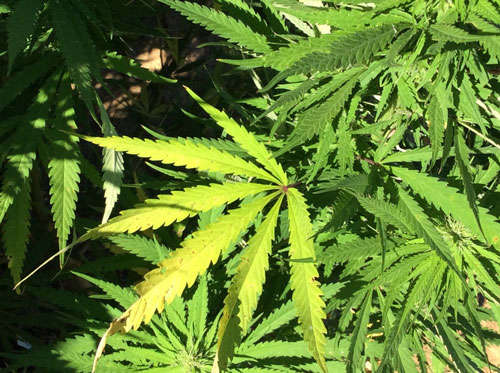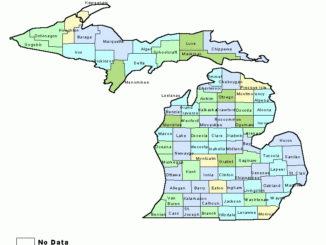
Marijuana or cannabis is a soft drug which has been used by humans since thousands of years. It is endemic to south and central Asia and evidences of its use by Aryans, Assyrians, and Hindus of Asia are aplenty. The UN estimates that around 4% of world population use cannabis annually and about 23 million of these smoke or use cannabis daily. In fact this is probably the most used illicit drug in the world.
Marijuana is produced from a plant called cannabis sativa or cannabis indica. This plant also goes by the name Indian hemp. Marijuana is the name given to those parts of this plant which is smoked. The inflorescence of the cannabis plant is usually smoked as it has the highest concentration of intoxicants. The resin which is produced from the flowers of this plant is called hashish or simply hash.
The main chemical agent in marijuana is a compound called tetra hydro cannabinol. However marijuana smoke contains over 400 different chemical including 66 other related cannabinoids.
The cannabinoids act on the central nervous system through two receptors named CB1 and CB2. These receptors are located throughout the central nervous system and their action activates the mediocorticolimbic pathways in the brain which is the drug reward centre. The major effects of cannabis include euphoria, disinhibition, altered sensory perceptions, increased heart rate, dilatation of pupils, red eyes, dry mouth, and anxiety. The minimum required dose for effects to begin is 10 micrograms per kg body weight.
Although marijuana has been in use since millennia, the effects of chronic marijuana use are not well known. Smoking marijuana is one of the most harmful ways of cannabis consumption as the smoke contains many carcinogens and tar. Vaporisers are quite effective in cutting out these harmful chemicals.
Many studies have been done to establish the effects of chronic marijuana use. These have yielded conflicting results. Like for example while one study which examined 79 patients with lung cancer concluded that cannabis smokers have a 5.7 times risk of cancer, another study with over 2000 participants failed to draw any association between cancer and marijuana. Some studies have actually claimed beneficial effects of marijuana in cancer prevention and treatment, which may be true due to the anti cancer properties of many cannabinoids.
Cannabis has also been associated with psychiatric disorders namely psychosis and schizophrenia. However causal relationship is clearly lacking.
Therefore further research is required to study the effects of cannabis on the human body.
Proudly WWW.PONIREVO.COM



